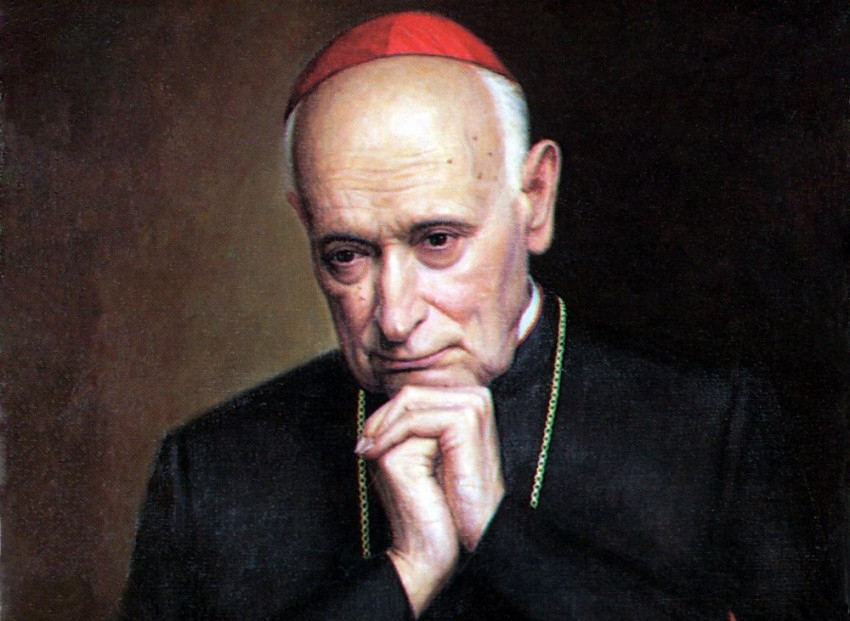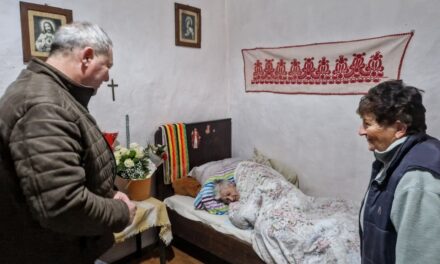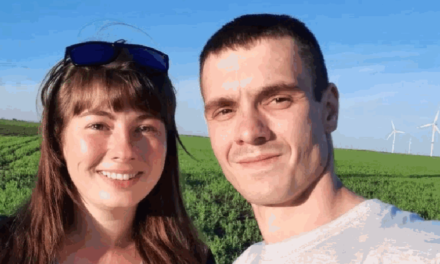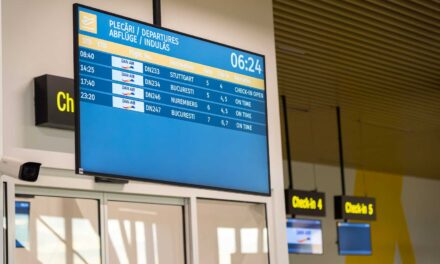At the János Selye High School in Komárom, a traveling exhibition titled Mindszenty Életkapuk opened, which introduces young people to the last prince-primate, the exemplary loyal Hungarian of the 20th century. Thanks to web access, the exhibition also provides additional images, films, audio and other interesting content, as well as a related quiz, so that the exhibition can not only be viewed, but also deciphered.
Brigitta Nagy , the office manager of the Mindszenty Foundation , expressed her gratitude for the fact that the high school in Komárom "with a long history, a rich present and an encouraging future" accepted the exhibition, which found its home in Komárom in the second location after Szepsi in the Highlands.
"We launched the exhibition with the aim that those who see it will begin to open Mindszenty's "gates of life". Get to know the main stages of his life, delve into his history," he said.
Róbert Kiss emphasized that the cardinal's life was about values.
"Like Jesus, wherever he went, he did good. The universal Hungarian nation, the entire European Christian church community, still has a lot to do in order to restore József Mindszenty's oeuvre in an appropriate way and in the right way," he said about Mindszenty, who is currently undergoing a beatification ceremony.
He apostrophized the prince-primate as a man of hope, which concept, in his opinion, is extremely important in today's society in everyday trials. He emphasized that as one of the greatest Hungarians of the 20th century, he was unwaveringly loyal to his faith, his people, and his profession. "It is our duty to preserve and pass on Mindszenty's memory and heritage to our descendants," he emphasized.
Krisztián Forró , the president of the Association, pointed out that Mindszenty's life is an example for our community.
"Our job is to fight for a good cause, even if we feel that our efforts may not bring results," he said.
Presenting the life of Hungary's last prince-primate, he highlighted and raised his voice internationally in order to end the trials and humiliation of the Hungarian minority in Czechoslovakia. As he said, the conceptual trial against the head of the church had a direct impact on the anti-church policy in Czechoslovakia, which had a tangible consequence in the 1949-1950 round of the Mindszenty trial in Slovakia, which was directed at the same time against the church and the Hungarian minority in Slovakia. Forró noted that ten people were convicted as Mindszenty's "agents" in the conceptual trial, two of them lost their lives, just because they stood up for their rights and did not remain silent despite intimidation and reprisals.
"If we're talking about the protection of the rights of our community, human advocacy, I think we should also remember Miklós Duray, to whom, among other things, we owe the fact that we can stand here in the corridor of a Hungarian high school today," he said, emphasizing that, like Mindszenty, Duray was also the he put the interests of the community above his own, thus accepting the drag and the years of persecution.
The traveling exhibition can be viewed freely in the Selye János High School building on weekdays between 8 a.m. and 3 p.m. until January 31. Appointments can be made at [email protected] at the secretariat of János Selye High School.
Source: Felvidék.ma/Erika Szalai
(Header image: MKPK Press Service)












